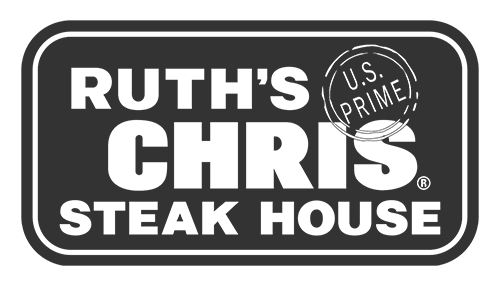Working in the restaurant industry, you know – understanding your inventory is a vital step to ensure your operation is successful.
This knowledge will help you better manage your costs and reduce waste.
To best manage your inventory, it’s important that you have a clear understanding of your inventory turnover rate, average number of days its held, and how that data compares to peers in your market.
While this may seem like a daunting task, let’s start with the basics.
What is a restaurant’s inventory turnover rate?
Inventory turnover rate, or ITR, is a metric that represents how many times a restaurant sold its total average inventory over a specific period of time.
Why is this helpful information?
A restaurant’s ITR can be used to help measure how well they are operating in comparison to the industry. Additionally, your inventory turnover rate can also provide you with insight into how well your business is doing with inventory, sales, and cost.
How do I calculate my restaurant’s inventory turnover?
Now that you understand the importance of identifying your inventory turnover, there are a few methods to calculate this number.
The first, and more preferred, method looks at your inventory turnover rate based on your cost of goods sold (COGS).

The second option for calculating your inventory turnover looks at your total annual sales.

As mentioned above, most restaurants prefer to calculate their inventory turnover based on COGS because, this method does not include markups. When you calculate the number based on your total annual sales, you are including your restaurant’s markup. This may skew the data and make it appear your restaurant is turning inventory faster than you realistically are.
Regardless of which method you use to calculate your inventory turnover, just be sure to specify whether you are looking at COGS or Total Sales.
How do I calculate my restaurant’s average days on hand?
Having calculated your restaurant’s inventory turnover rate allows you to now use that data to determine other vital information about your operation. You can compare your restaurant to similar concepts in your market, as well as calculate other valuable insights like average days on hand.
Calculating your average days on hand is important for a few reasons:
- Having this insight allows you to fully understand your restaurant’s turnover rate in term of length of time
- Helps you identify how long it takes your restaurant to turn over inventory
- Can help identify is a risk exists of food waste or food getting stockpiled
With your known ITR, calculating your inventory days is simple.

What is an ideal inventory turnover rate?
When looking at your calculated inventory turnover rate, you may be wondering how to make sense of it. Should inventory turnover rates be high or low?
Having a high inventory turnover rate is important to ensure you avoid food waste and spoilage. If your ITR is high, it typically means that your sales and healthy and your inventory is being used efficiently.
On the flip side, a low inventory turnover rate could mean your sales are low, or you’re holding on to excess inventory.
Don’t jump to conclusions, though. A low turnover rate doesn’t always indicate that your restaurant has inventory issues. Instead, look at things holistically to better understand:
- Are your finances strong?
- How much of your inventory is currently tied up in assets?
- Is your restaurant holding onto inventory for less than 15 days?
How can I improve my restaurant’s inventory turnover rate?
It is important to note that a high inventory rate isn’t always a positive metric. Inventory rates can be too high or too low and, in both instances, it’s something you will want to improve.
An inventory turnover rate that is too high may lead to situations where you run out of key items or must remove a dish from your menu because you simply don’t have the ingredients to make it.
On the flip side, an ITR that is too low may mean you aren’t selling enough to balance the amount of inventory you have on hand. This can lead to increased risks of waste or amassing excess items.
If your restaurant’s turnover rate needs some help – do not panic! There are some tips you can follow to help adjust as needed.
With an ITR that is too high, consider utilizing an inventory tracker to help stay on top of your inventory. This will allow you to keep a better pulse on your inventory levels and ensure you don’t prematurely run out of any key items.
For an ITR that is too low, pay close attention to your inventory levels. Gain an understanding of how much product you should be ordering and when. This will help ensure you only order what you need moving forward.
Whether your inventory turnover rate is too high or too low, paying attention to inventory is key. FoodBAM’s new Restaurant Inventory Management software makes it easier than ever for you to keep track of your restaurant’s inventory.
In conclusion
Identifying and understanding your restaurant’s inventory turnover rate is key to ensuring your success.
Restaurants with a strong ITR move product successfully and remain efficient, all while minimizing risk of waste and stockpiling.
With the tools mentioned in this blog, you can easily identify your restaurant’s inventory turnover rate and stay on top of your inventory levels.
Do you have questions about inventory turnover rate, or other ways to best manage your restaurant’s inventory? FoodBAM offers restaurants tools and insights to help them maximize their inventory management. Interested in learning more? Request a demo!










